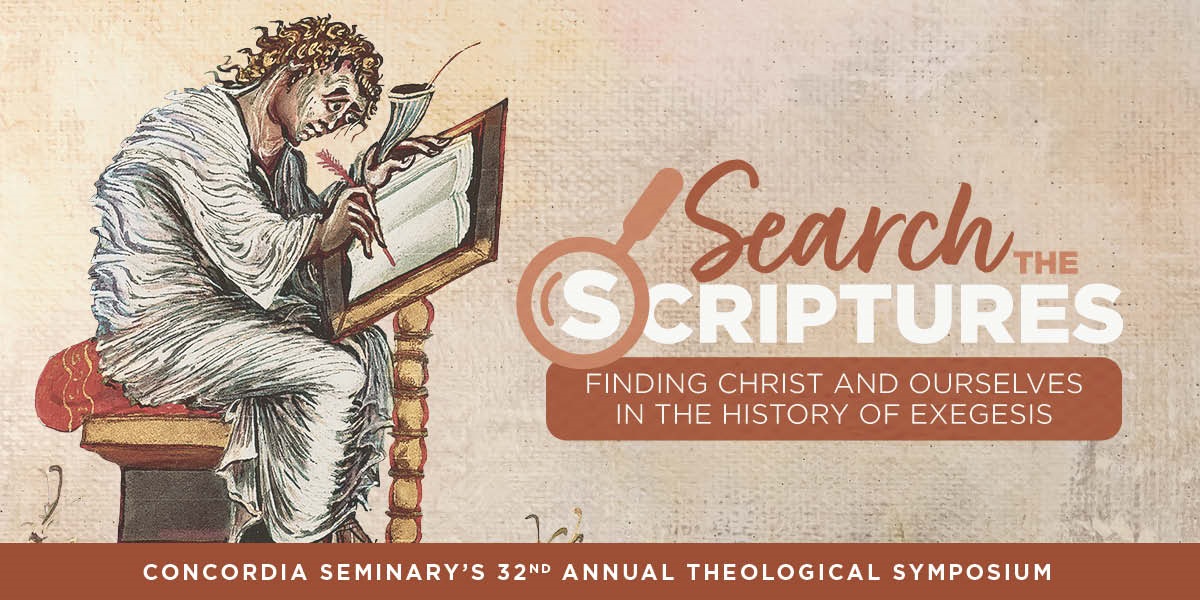Loading...
Keywords
exhortation, gospel, book of acts, hebrews, disciples, jewish, structure, paraklhtos, logos
Description
It is generally accepted that the Gospel according to John has a significant division between 12:50 and 13:1. Yet what is the literary structure of the entire work, and why is it so different from the other accounts? This paper proposes that after a trinitarian emphasis within the synoptics, since this fourth Gospel account has Jesus as logos at the start and has the Holy Spirit as paraklhtos in the farewell discourse, the entire work may be likened to a word of exhortation (logos paraklhtos; a Jewish sermon that follows the biblical recitations and concludes the synagogue service; cf. Acts 13:15). Such a perspective not only affirms the importance of the Jewish liturgical calendar within the first half of the account, but the two clear signs near the beginning of the account (2:11; 4:54) may serve the purpose of blessing. A common point found in the other examples of a word of exhortation is also present in 12:50 (cf. Acts 13:34; Heb. 4:4). But what of the exhortation part of the work? In both Acts 13:40 and Heb. 10:35, there is essentially the phrase, "Therefore, do not...." Exhortations or commands are placed in a unique way with Jesus’ followers in the post-resurrection appearances of this account, but blessings are given to you (cf. 19:35; 20:31).
Submission Type
Bible Study; Lecture; Sermon Prep
Submission Topics
Ecclesiology (The Church); Education; Literature and Art; Practical Theology; Preaching and Teaching; Scripture Interpretation; Sin; Worship
Scripture References in this Resource (separated by semi-colons)
John 12:50; John 13:1; Acts 13:15; John 2:11; John 4:54; Acts 13:34; Hebrews 4:4; Acts 13:40; Hebrews 10:35; John 19:35; John 20:31;
Submission Audience
Laity; Ministers; Scholars
Submission Cost
Free
The Structure of the Gospel According to John as a Very Special Word of Exhortation (For You!)
It is generally accepted that the Gospel according to John has a significant division between 12:50 and 13:1. Yet what is the literary structure of the entire work, and why is it so different from the other accounts? This paper proposes that after a trinitarian emphasis within the synoptics, since this fourth Gospel account has Jesus as logos at the start and has the Holy Spirit as paraklhtos in the farewell discourse, the entire work may be likened to a word of exhortation (logos paraklhtos; a Jewish sermon that follows the biblical recitations and concludes the synagogue service; cf. Acts 13:15). Such a perspective not only affirms the importance of the Jewish liturgical calendar within the first half of the account, but the two clear signs near the beginning of the account (2:11; 4:54) may serve the purpose of blessing. A common point found in the other examples of a word of exhortation is also present in 12:50 (cf. Acts 13:34; Heb. 4:4). But what of the exhortation part of the work? In both Acts 13:40 and Heb. 10:35, there is essentially the phrase, "Therefore, do not...." Exhortations or commands are placed in a unique way with Jesus’ followers in the post-resurrection appearances of this account, but blessings are given to you (cf. 19:35; 20:31).


